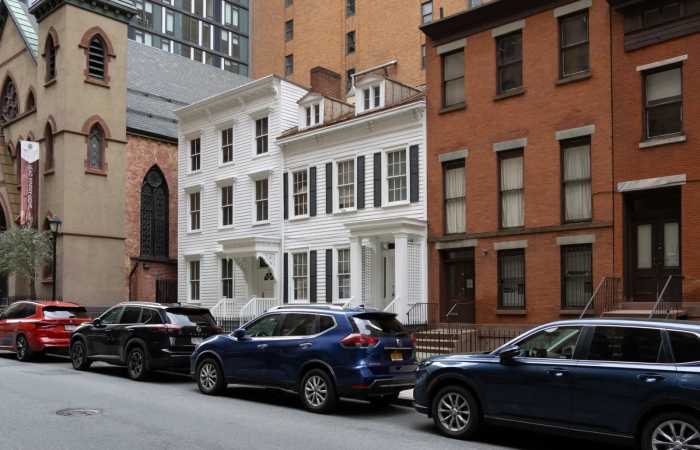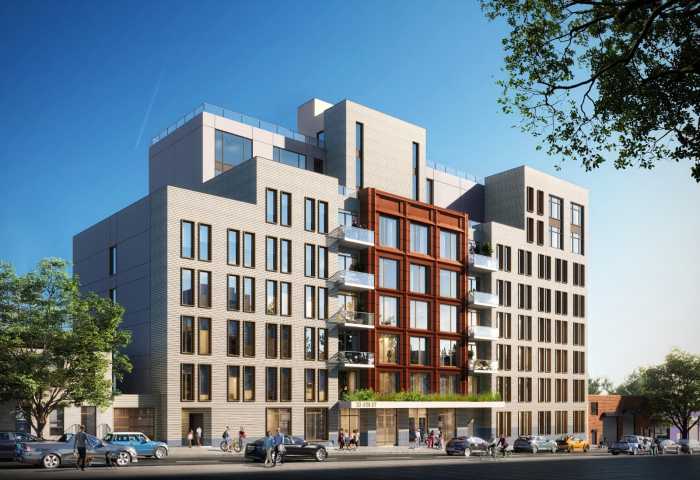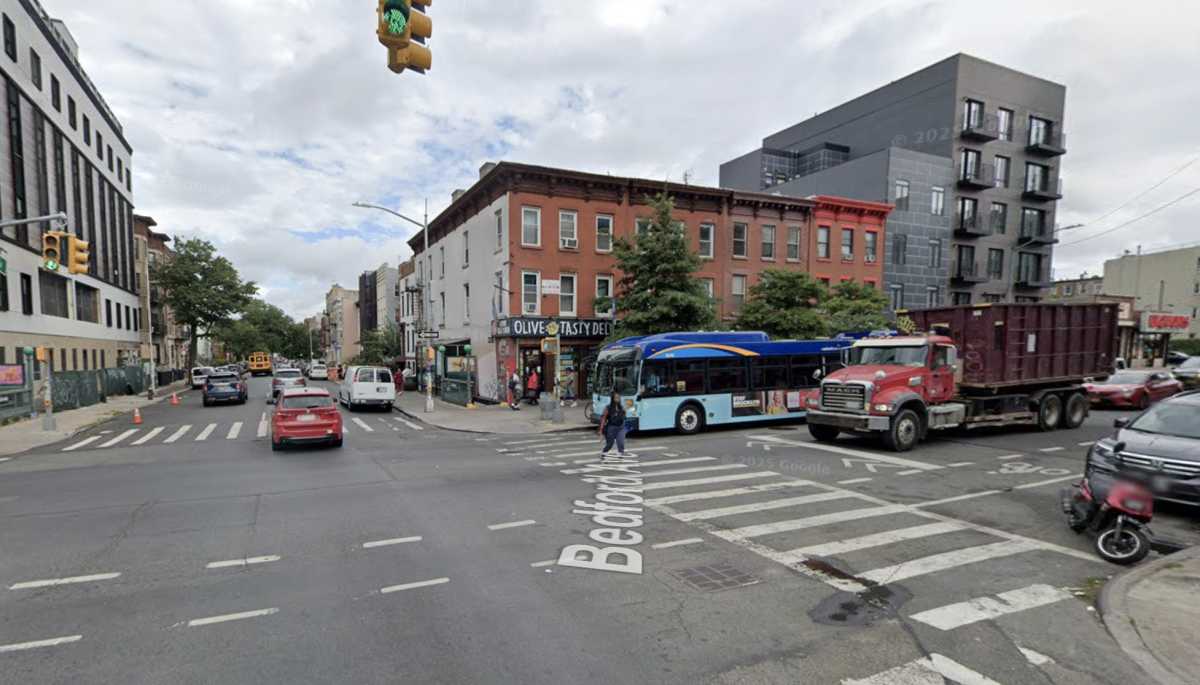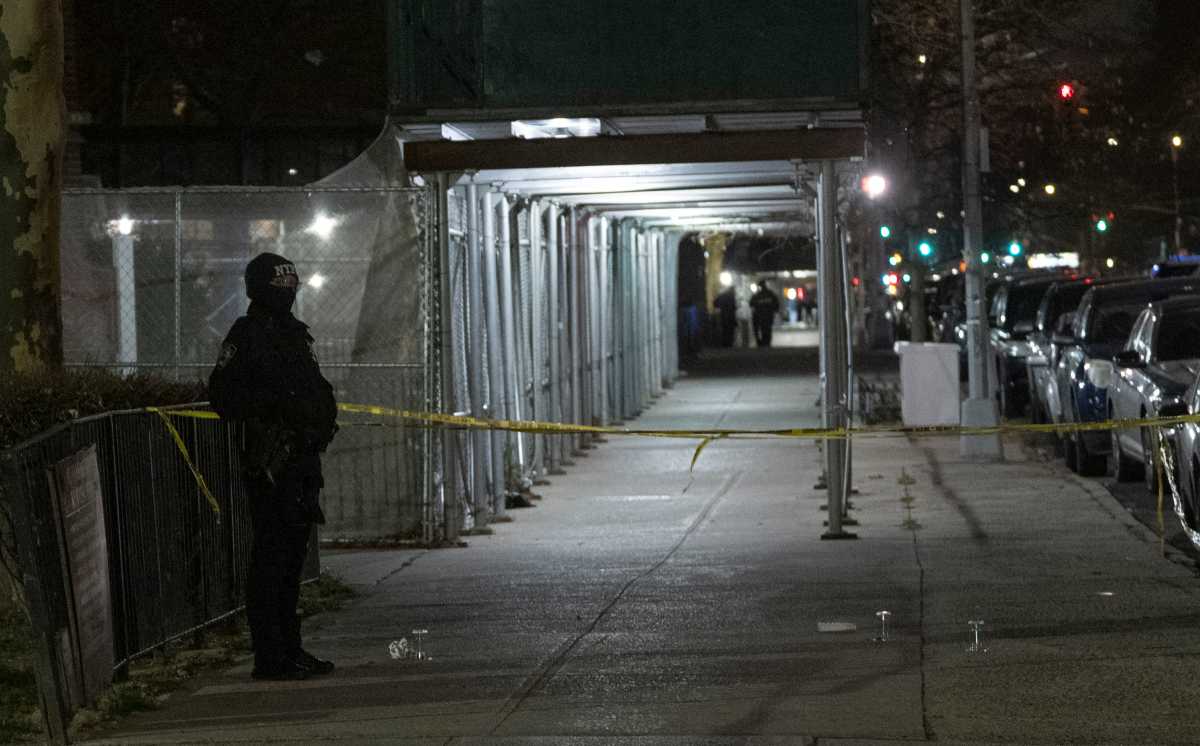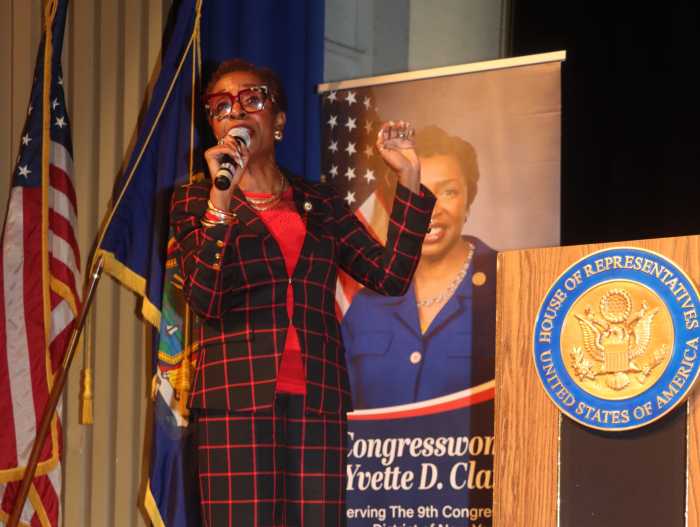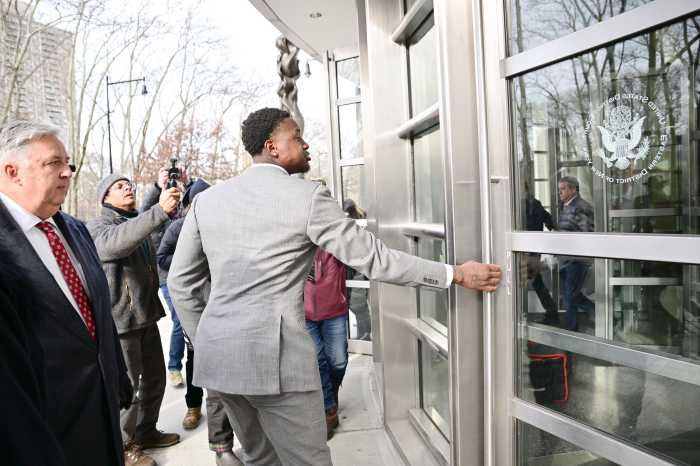Bloomberg certainly heard plenty of complaints about the 2005 rezoning that unleashed the wave of high-rise development on the neighborhood.
Foremost on many residents’ minds was tall towers going up in areas now zoned for smaller buildings, and the loopholes that allow them to rise. There was at least one reference to the so-called “Finger Building,” which many Billyburgers see as being an example of that problem (see story on page 3).
When the touchy subject of downzoning came up, Bloomberg knew what to do: He turned to his Planning Commissioner, Amanda Burden, who said her department is studying the area to identify loopholes.
Some of the 2005 zoning modifications were put in place to limit the height and density of new construction along Brooklyn’s northern waterfront, but the city revisited the issue after some residents noticed that the change on paper wasn’t matching up with the changes to their skyline, Burden said.
Burden promised changes so that there would be “no more finger buildings” and “no more community facility bonuses” — another loophole that allowed developers to build taller if they included space that would benefit the general public, she said.
In the past, developers have gotten permission to build taller by simply renting the ground-floor space to a doctor — a “public benefit,” but not what the law intended.
Burden also said the city would put the brakes on the use of air rights by developers who want to build projects that are out of context with the surrounding area.
Burden promised that the changes would also offer “more opportunities for (affordable) housing.”
For the most part, the crowd at Polonaise Terrace was pleased. But not everyone in north Brooklyn buys it.
“Their assurances that the downzoning is iron clad, written in stone and can’t be undermined is a lie,” said Williamsburg housing activist Phil DePaolo.
DePaolo, who pushed the planning department hard to get the area downzoned in the first place, has been leading the charge against the “finger building” and other developments in the area that he says don’t comply with the new zoning rules.





